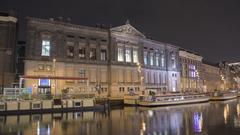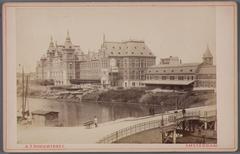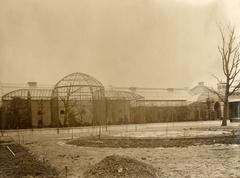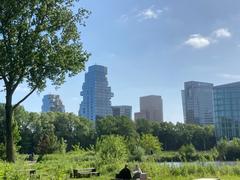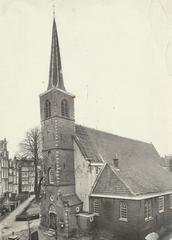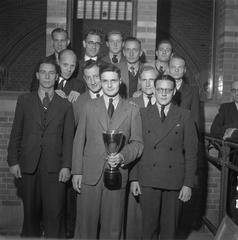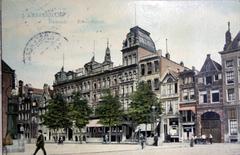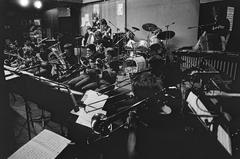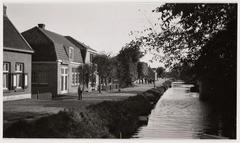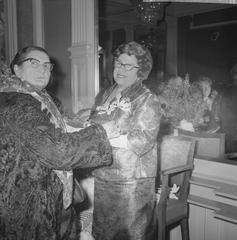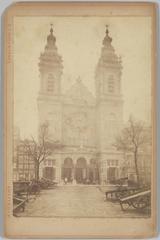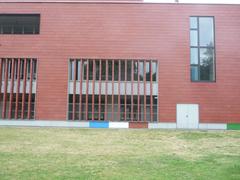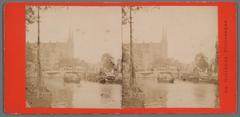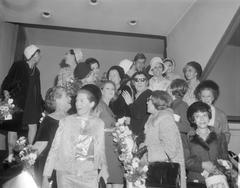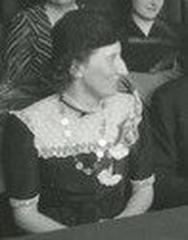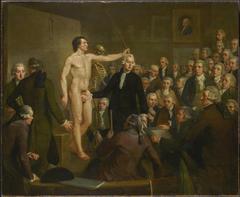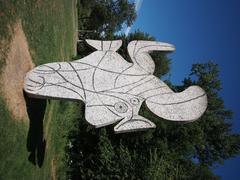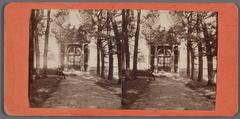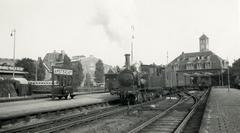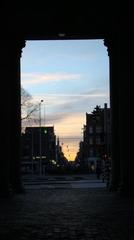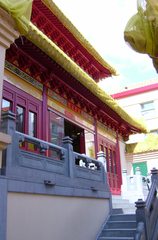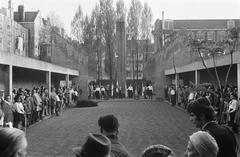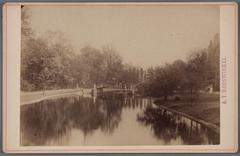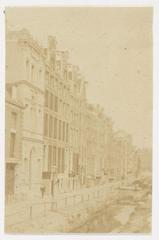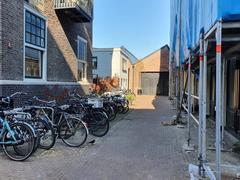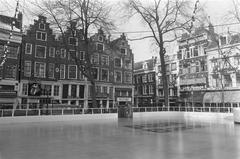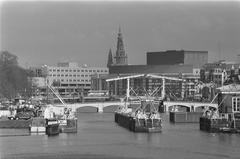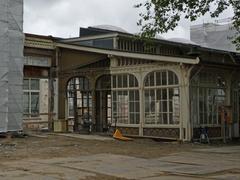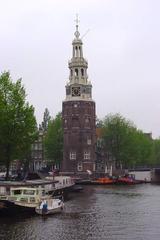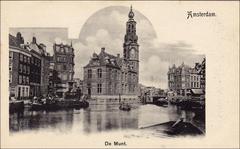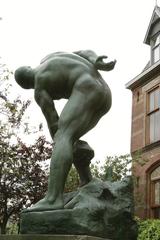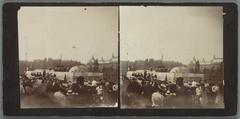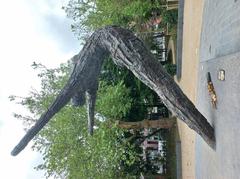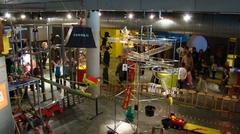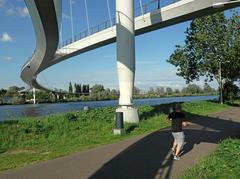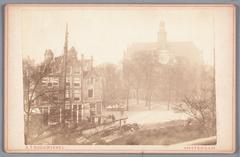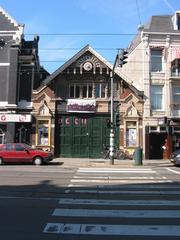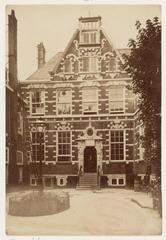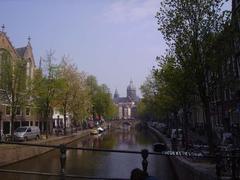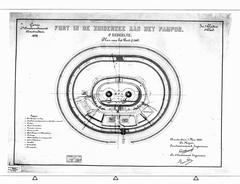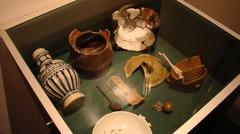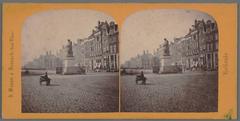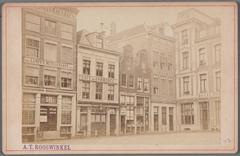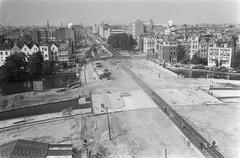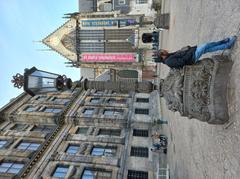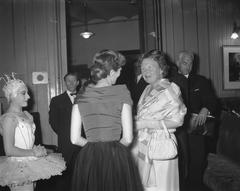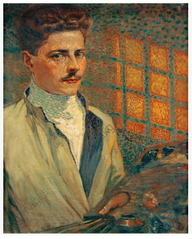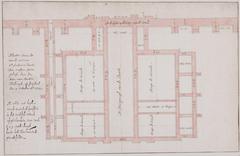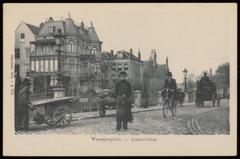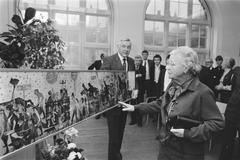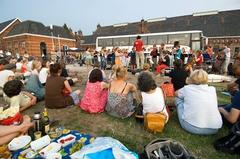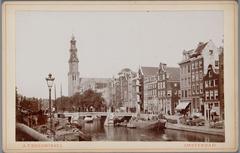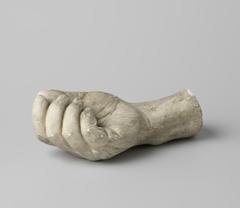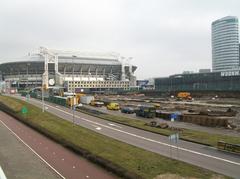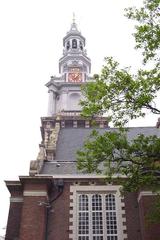
Spinhuis Amsterdam Visiting Hours, Tickets, and Historical Sites Guide
Date: 04/07/2025
Introduction: The Spinhuis — A Window into Amsterdam’s Social and Cultural History
Nestled in Amsterdam’s historic center, the Spinhuis stands as a rare testament to the city’s evolving approach to social justice, gender, and urban development. Established in 1597 as the Dutch Republic’s first women’s correctional institution, this “spinning house” was designed to rehabilitate women convicted of minor crimes through structured labor and religious instruction, emphasizing reformation over punishment (Discovering the Spinhuis; Amsterdam Tourism). Over the centuries, its roles have spanned from penal institution and public spectacle to a vibrant hub for activism and, today, a center for advanced academic and artistic research.
This comprehensive guide explores the Spinhuis’s history, cultural impact, visitor information—including hours, tours, accessibility, and practical tips—as well as its place in Amsterdam’s broader historical landscape.
Contents
- Historical Overview
- Origins and Establishment
- Correction Through Labor
- Gendered Justice
- The Spinhuis as a Public Attraction
- Architectural Evolution and Later Uses
- The Spinhuis in Urban Activism and Squatting Movements
- Resistance to Gentrification
- Cultural Impact and Community Memory
- Visiting the Spinhuis Today
- Location and Address
- Visiting Hours and Tickets
- Guided Tours and Experiences
- Accessibility
- Travel Tips
- Nearby Attractions
- Practical Tips for Visitors
- Special Events and Exhibitions
- Visual Highlights
- Frequently Asked Questions (FAQ)
- Related Historical Sites
- Conclusion and Call to Action
Historical Overview
Origins and Establishment
The Spinhuis was founded during a period of sweeping social reform in the Dutch Republic. Inspired by the earlier Rasphuis for men, it provided a regulated environment for women convicted of theft, fraud, prostitution, or deemed “idle.” The term “Spinhuis” derives from the spinning and sewing labor integral to the correctional process (Discovering the Spinhuis).
Correction Through Labor
Inmates were tasked with spinning fiber and sewing, believed to cultivate discipline and self-sufficiency. Alongside labor, religious instruction—such as memorizing Bible verses—was central, reflecting a belief in “heropvoeding” (re-education) as a path to moral improvement.
Gendered Justice
The Spinhuis’s mission was deeply shaped by contemporary views on gender and crime. Female offenders were seen as violating both legal and social norms, and the institution’s focus on traditional feminine labor both reinforced and sought to “correct” these roles (localcolor.amsterdam).
The Spinhuis as a Public Attraction
In the 17th and 18th centuries, the Spinhuis doubled as a public spectacle—visitors paid to watch inmates at work, blending correction with curiosity.
Architectural Evolution and Later Uses
Originally part of the Sint-Ursula convent, the Spinhuis building has undergone numerous transformations, including use as a police station and as part of the University of Amsterdam. Today, it houses research institutes such as the Meertens Institute and the Netherlands Institute for Advanced Study (NIAS) (Meertens Institute; Cultureel Persbureau).
The Spinhuis in Urban Activism and Squatting Movements
After its penal function ended, the Spinhuis became a focus for Amsterdam’s squatting and autonomous social center movements. From the late 20th century, squatters reclaimed the space, transforming it into a hub for activism, arts, and community support (en.squat.net). The center hosted free events—film screenings, poetry, workshops, and benefit dinners—ensuring inclusivity and accessibility for marginalized groups.
The Spinhuis thus became emblematic of Amsterdam’s tradition of “vrijplaatsen” (free spaces), resisting commercial pressures and nurturing creative, social, and political experimentation.
Resistance to Gentrification
The Spinhuis’s eviction in 2017 marked a turning point in the struggle over urban space in Amsterdam. As the city faced increasing gentrification and tourism, the loss of the Spinhuis as an autonomous center highlighted tensions between market-driven development and the preservation of grassroots, inclusive spaces (en.squat.net). The resistance to eviction sparked broader debates about the right to the city, social justice, and the importance of maintaining community-driven venues.
Cultural Impact and Community Memory
The Spinhuis is more than a building—it is a cultural touchstone for Amsterdam’s history of reform and activism. Its legacy is kept alive through commemorations, art interventions, and ongoing academic research. The site continues to inspire discussions about urban rights, gender, and the need for autonomous spaces (Cultureel Persbureau).
Visiting the Spinhuis Today
Location and Address
Address: Oudezijds Achterburgwal 185, 1012 DK Amsterdam
The Spinhuis is centrally located, within walking distance of Amsterdam Central Station and major tram stops (PocketSights).
Visiting Hours and Tickets
- Exterior Viewing: The historic façade and entrance gate can be viewed at any time.
- Interior Access: The building is not generally open to the public as it functions as an academic institute. Interior access is occasionally possible during special events, academic open days, or cultural programs announced by the Meertens Institute or NIAS.
- Guided Tours: The Spinhuis is included in various walking tours (historical, ghost, and architectural), with ticket prices typically ranging from €15–€25. Booking in advance is recommended, especially in summer (Tour of Amsterdam; GPSmyCity).
Guided Tours and Experiences
- Historical and Ghost Tours: Themes include the Spinhuis’s penal history and local legends, such as haunted monks. Popular tours depart daily in early evening hours.
- Self-Guided Options: Mobile apps like GPSmyCity offer self-guided routes for independent exploration.
Accessibility
- Exterior: Accessible at street level; however, surrounding cobblestone streets may challenge wheelchair users.
- Interior: Limited accessibility; contact the hosting institution for details on event-specific accommodations.
- Nearby Facilities: Restrooms and refreshments are available in surrounding cafés.
Travel Tips
- Best Times: Spring and autumn for pleasant walking weather; visit early or late in the day during summer to avoid crowds.
- Safety: The area is lively and generally safe, but be vigilant against pickpockets in tourist hotspots (Amsterdam.info).
- Etiquette: Respect the building’s current academic use; avoid blocking entrances and be mindful of cyclists.
Nearby Attractions
- Oude Kerk (Old Church)
- Red Light District
- Amsterdam Museum
- Waag building
- University of Amsterdam historic buildings
Special Events and Exhibitions
The Meertens Institute and NIAS sometimes host public lectures, exhibitions, and cultural programs related to the Spinhuis’s history and contemporary research (Cultureel Persbureau). Check their websites for upcoming events.
Visual Highlights
- Historic Façade and Gate: The 17th-century façade, rebuilt after a 1643 fire, and entrance gate featuring a relief by Hendrick de Keyser, are among Amsterdam’s striking architectural landmarks.
- Photography: Best during golden hour; the canal-side setting offers atmospheric shots.
Suggested alt text for images: “Historic Spinhuis building in Amsterdam” and “Amsterdam Spinhuis social center exterior.”
Frequently Asked Questions (FAQ)
Can I visit the interior of the Spinhuis?
Interior access is generally restricted but possible during occasional public events.
Are tickets required to see the Spinhuis?
Viewing the exterior is free; tickets are needed for guided tours.
What are the Spinhuis visiting hours?
The exterior can be viewed at any time; tours typically run in the early evening.
Is the Spinhuis wheelchair accessible?
The exterior is at street level, but surrounding cobblestones may present challenges.
Are there special events at the Spinhuis?
Yes, check Meertens Institute and NIAS for announcements.
Related Amsterdam Historical Sites
Conclusion and Call to Action
The Spinhuis is a living emblem of Amsterdam’s layered history—bridging penal reform, gendered justice, activism, and contemporary scholarship. While direct interior access is limited, its evocative exterior and rich stories make it an essential stop for any visitor interested in Amsterdam’s social and cultural evolution.
Plan your visit:
- Walk by the Spinhuis and immerse yourself in its history.
- Join a guided tour or explore with a mobile app for deeper insight.
- Check institutional websites for public events or open days.
Enhance your journey:
- Download the Audiala app for audio tours and interactive maps.
- Explore related articles on Amsterdam’s historical sites and walking tours.
- Follow us on social media for updated tips and event announcements.
Key References
- Discovering the Spinhuis
- Amsterdam Tourism
- Cultureel Persbureau
- PocketSights
- Tour of Amsterdam
- en.squat.net
- Meertens Institute
- NIAS
- GPSmyCity
- Waag Futurelab







